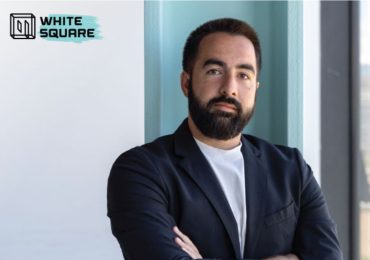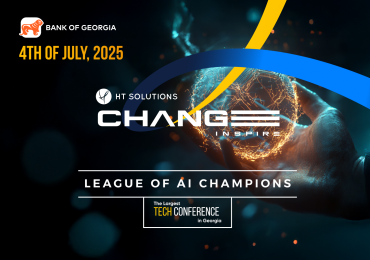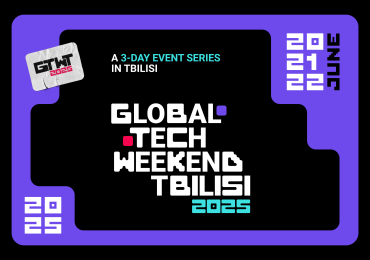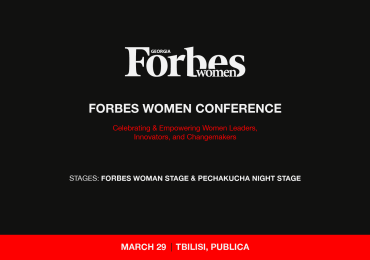For Bank of Georgia – one of the largest banks in Georgia – technology is king. The technological transformation aimed at transforming a traditional bank into a savvy technology company began about five years ago with the introduction of the agile framework. “In the beginning, it was all about changing the processes by dividing our employees into cross-functional teams responsible for particular sets of products”, – says Vazha Mantua, Deputy CIO at Bank of Georgia. “For such a system to operate flawlessly, the platform shall be divided into parts allowing teams to manage products independently and scale them, when needed – all this while ensuring efficiency and agility of the operations”. Thus, after transforming the processes, Bank of Georgia decided it was time to renovate the platform, too. What began roughly a year and a half ago continues to this day.
Technological transformation is not a process many traditional banks are eager to go through, let alone conclude it as successfully as is the case with Bank of Georgia. According to Vazha Mantua, the business model used by financial institutions has evolved towards almost complete digitalization. Thus, to serve the daily customer mobile banking base of around 450’000 people transforming became a must. Interestingly, what has been a necessity, was picked up by the leading technology publisher – MIT Technology Review, which took upon Bank of Georgia’s experience and transformed it into a success story for all banks in the world. “For any Georgian company, being highlighted by the MIT Technology Review is already a success story”, – says Mantua.
“Business leaders are heading for composable infrastructures, putting aside large and bulky traditional systems. Demand for increased flexibility and scale is driven by rapidly advancing technology and rising customer expectations”, – writes the MIT Technology Review team. Interestingly, this is what Vazha Mantua referred to during our conversation as the second phase of technological transformation that Bank of Georgia is going through. A single IT platform is colossal and inefficient; it could not be divided and used separately and on demand. Yet, there is a solution – the so-called composable architecture dividing the infrastructure into self-sustainable and interchangeable bricks.

To understand what composable architecture is, imagine a Lego-brick castle. Each Lego brick is unique and serves a particular purpose. Each of them is packed with the parts of the operating system necessary to run a program on any computer within the network. Remember Lego bricks and how seamlessly they attach to and detach from each other? It is what composability is all about. “These bricks could easily be moved between platforms, ensuring overall efficiency”, – says Vazha Mantua. “For Bank of Georgia, composability is the enabler allowing us to develop numerous products and services in a fast, resourceful, and proficient manner”.
According to Mantua, for modern technology companies, scalability is of crucial importance. “There are two reasons: decreasing a feature’s time-to-market and ensuring optimization, automation, and scalability. The Rancher Kubernetes Cluster Management Platform, which we purchased from SUSE, is aimed toward these goals. While predicting customer demand is hard, providing top-notch service is a must. That is why automated scalability is important”. According to Mantua, a composable containerized microservices platform helped Bank of Georgia in the transition towards mobile services while boosting cybersecurity and ensuring seamless scalability.
Yet, composability is not only about the efficiency of the platform, but its potential growth, too. “Bank of Georgia’s composable architecture, using the Rancher enterprise container management platform, addresses the operational and security challenges of management platform, addresses the operational and security challenges of managing multiple Kubernetes clusters”, – writes the MIT Technology Review team. “This allows bank to develop secure mobile apps that let customers check balances, trade stocks, and buy insurance”. These, however, according to Vazha Mantua, constitute only a part of all the novelties that Bank of Georgia would announce in the future, as the technological transformation is well underway. S
















